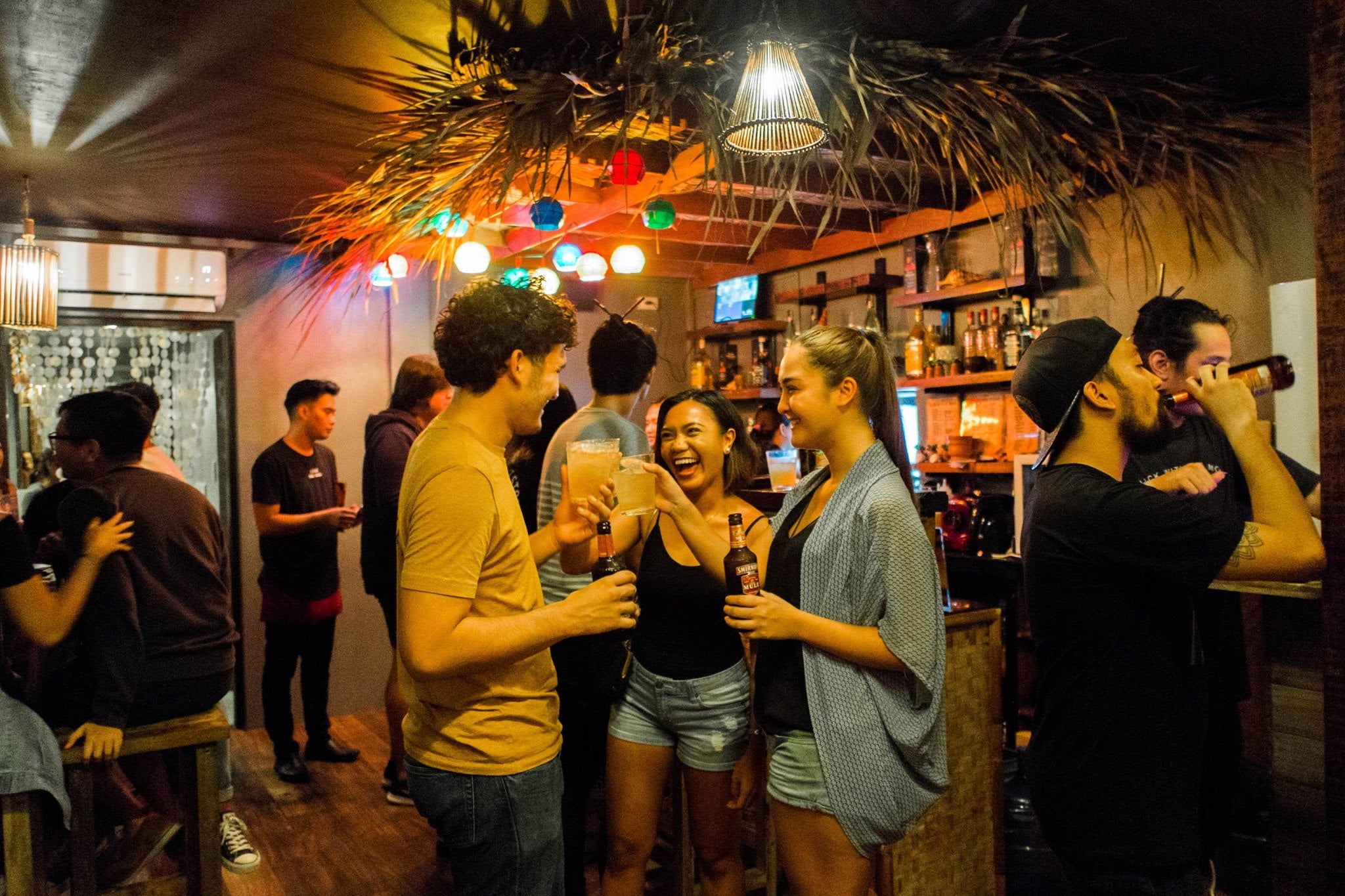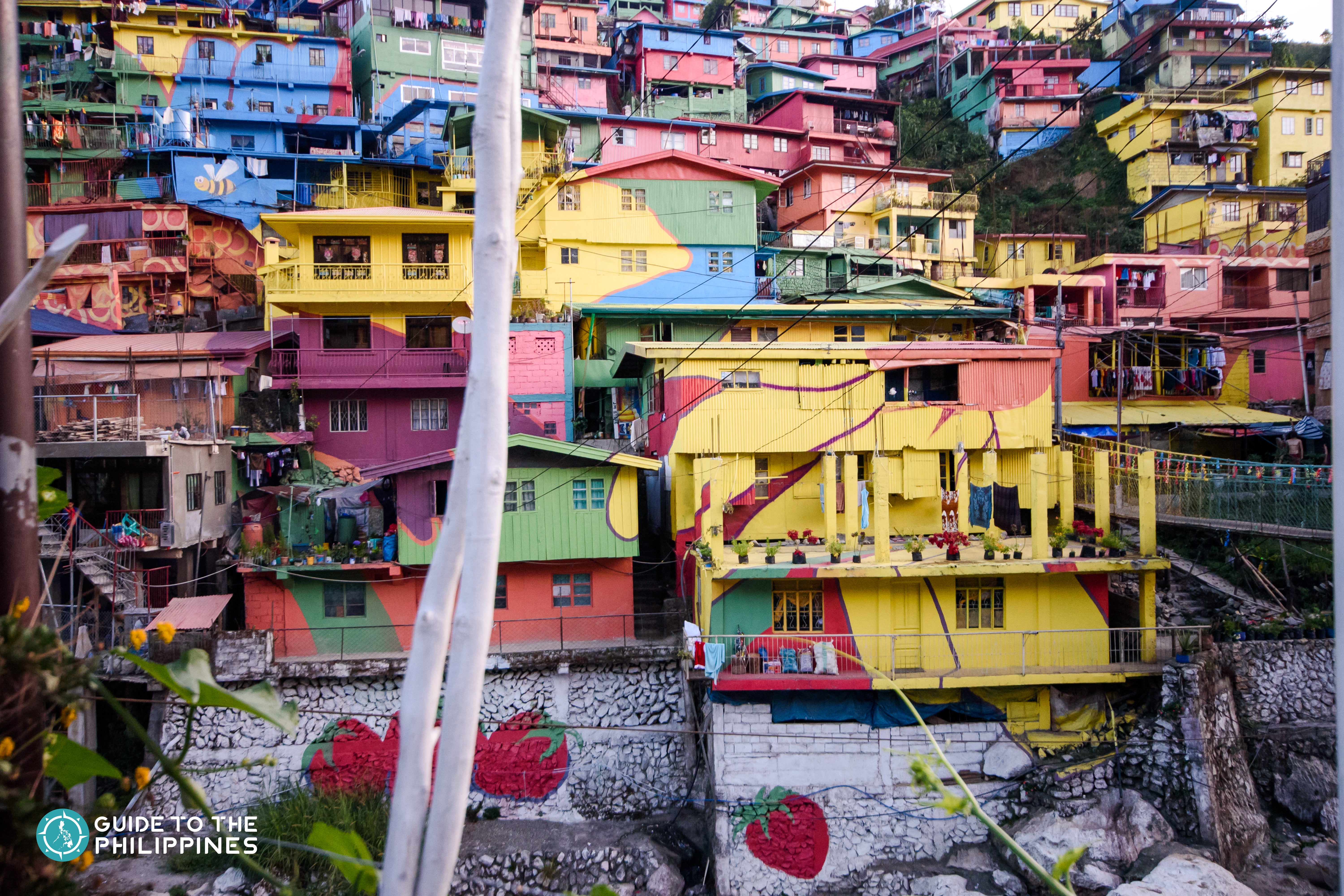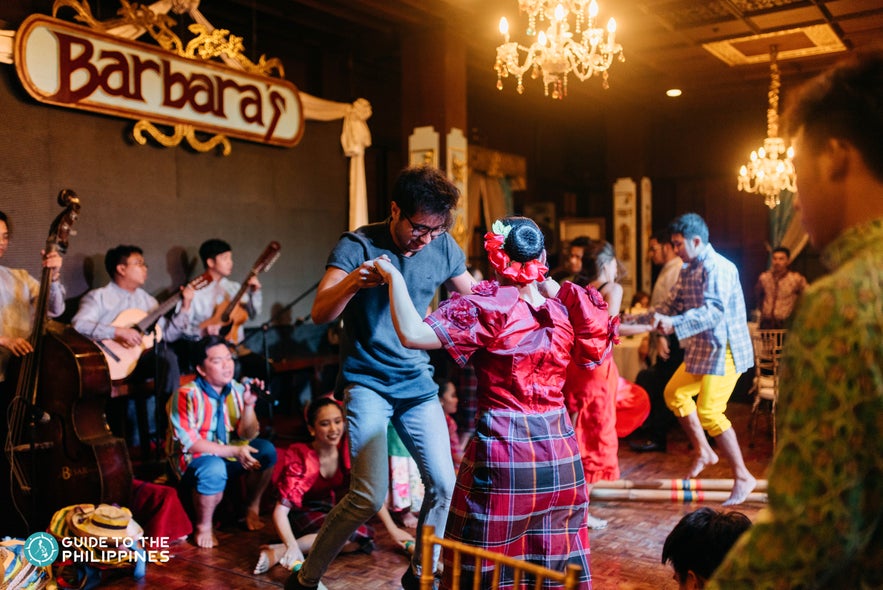
The Philippines is best known for its stunning white-sand beaches and turquoise blue waters. Destinations like Boracay, Palawan, Cebu, and more are visited by millions of people yearly to experience a tropical island paradise vacation. A trip to the Philippines shouldn't just be limited to visiting its many picturesque islands and beaches.
The Philippines has so much more to offer for those who want to discover the country's many wonders. You've only seen the surface of what the Philippines has in store if you've only spent your time on the sandy white beaches.
With more than 7,000 islands, there are over a hundred different ethnolinguistic groups in the Philippines, making it one of the most culturally diverse countries in the world. It would be impossible to get to know them all. If you want to discover the richness of the different cultures, joining Philippines cultural tours is a good way to start.
Of course, diversity doesn't end there. It's only expected that the same form of diversity is also reflected in Filipino food. Throughout the different regions of the country, you'll discover unique dishes and specialized cuisines.
Read on for some of the best cultural experiences and tours to discover the unique heritage and beauty of the Philippines:
10. Visit Museums

One of the best things to do if you want to be more familiar with a country's culture is to learn about its history. And what better way to learn any kind of history than visiting museums? There are thousands of museums in the Philippines, big and small.
The most notable ones to visit in Philippine museum tours include the National Museum Complex in Rizal Park, Manila, that's made up of multiple museums that people can visit. It's a great starting point in discovering various aspects of Filipino history and culture.
Within the National Museum Complex, you can also visit other Manila museums such as the National Museum of Fine Arts, the National Museum of Anthropology, the National Museum of Natural History, and the National Planetarium.
There are more satellite museums throughout the country under the organization of the National Museum. But don't forget to include visits to under-the-radar cultural museums in different regions. Each place in the country has a museum that showcases their local culture and customs.
- Aside from visiting museums, check out other rainy season activities in the Philippines
- See destinations for solo travel in the Philippines
One of the most recommended cultural museums in the Philippines is the Motag Living Museum in Aklan, a great side trip when in Boracay. The museum is designed to have an interactive showcase so that visitors can live an authentic experience of the traditional Malaynon lifestyle and culture.
9. Try the Kawa Hot Bath

If you're spending any time at Antique in the Western Visayas part of the Philippines, absolutely don't miss visiting Tibao and experience the fun and unique Kawa Hot Bath. The Kawa Hot Bath is like a jacuzzi or hot spring. The unique thing about it is that you'll be bathing in a large wok called kawa over a live fire.
It makes up for an interesting photo op. But there's no need to worry as the fire is just low enough to heat the water for a relaxing dip. The heat isn't high at all and won't burn you. Plus, in the kawa, herbs and flowers will be included to touch some delightful aromatic experience.
After getting used to the idea's initial strangeness, you'll be treated with a relaxing experience. The continuously heating warm water relaxes the body, lowering stress levels, and helps remove toxins.
You can have a kawa hot bath overlooking the Tibiao River in your Antique tours. The kayaks they used as hot tubs were previously used in sugar factories.
8. Try Weaving and Pottery

If you want to have an authentic local experience, immerse yourself in Filipino weaving and pottery. These two crafts are underrated activities among visitors of the country and to many Filipinos as well. Like with the Philippines' many different ethnic groups, huge diversity can also be found in terms of the Filipino art of weaving and pottery.
Depending on what region you're visiting, there will be different weaving patterns and traditional weaving techniques done by local artisans. Many weaving practices in different regions of the country have close ties to the area's traditional beliefs, masterfully interwoven into the weaving products' designs.
Indigenous groups from different parts of the country are slowly growing exposure for their traditional weaving practices through selling their work in the forms of souvenirs, dresses, rugs, and more that visitors can purchase or participate in making.
Some of these include the Yakan people from Basilan, the Kalinga, Bontoc, and Sagada from the Cordillera, the T'boli people in South Cotabato Abel weavers in Ilocos, to name a few.
The same thing applies to Filipino pottery. Different tribes in the Philippines practice their indigenous forms of making ceramics. You can join pottery tours offered in Vigan, Sagada, Quezon, or La Union to discover the area's practice of traditional pottery.
7. Go on a Food Tour
 Photo by the Philippine Department of Tourism
Photo by the Philippine Department of Tourism
Filipino cuisine may still be under the radar in the world stage of food, but it's slowly gaining popularity year by year. Jumpstart the upcoming trend by going on food tours in the Philippines and discover the different delicious Filipino dishes.
The Philippines is filled with many Filipino food destinations that you can add to your itinerary. These include places like Pampanga, Cebu, Iloilo, and more.
The food tours will take you to local spots where favorite Filipino dishes are served. You'll get to discover where the best halo-halo is made (one of the most popular Filipino desserts), how to make the unofficial Filipino dish, adobo, and where's the best place to purchase and eat the famous lechon (roasted pig) in Cebu.
You can also be treated with a taste of the exotic balut, a fertilized developing egg embryo that's believed to be an aphrodisiac and can increase one's fertility.
Always have a lookout for food tours wherever you are in the Philippines. Different regions have varying cuisines that are unique to that area, reflecting on the country's diversity.
Don't forget to visit Pasalubong Centers (food souvenirs) in the different places in the Philippines, where you can buy their local delicacies.
6. Do a Visita Iglesia or Pilgrimage Tour
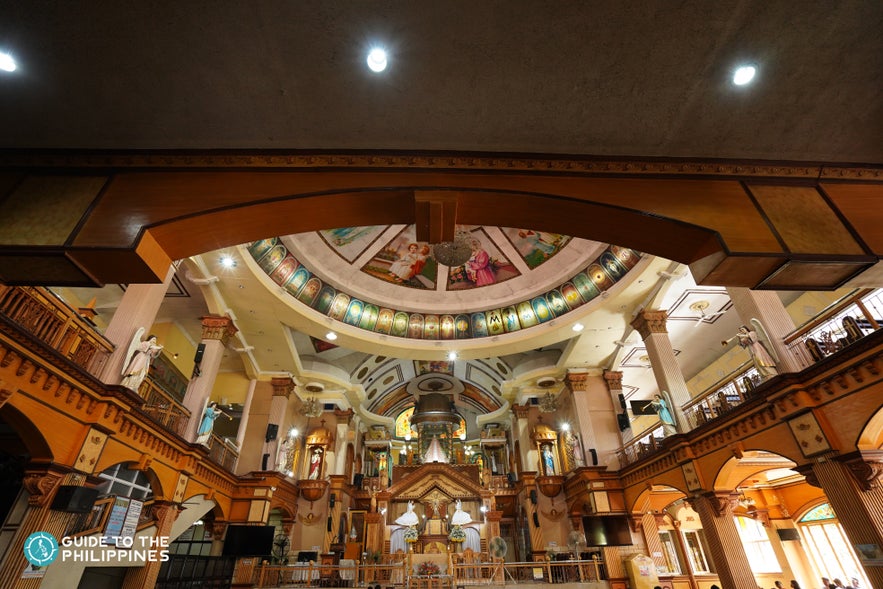
Vistas Iglesia as an annual pilgrimage practice for devoted Catholics in the Philippines. This is where the devotees would visit 7 churches in a day during the Holy Week, most commonly on Maundy Friday or Good Friday.
The most devoted of Filipino Catholics would usually walk from church to church to recite their prayers barefoot. However, it's also an accepted and common practice for devotees to reach all seven churches with their vehicles, especially when the locations are at a distance from one another.
Catholic travelers within this period are more than welcome to join in the practice of Visita Iglesia. You'll be experiencing different but exciting energy as you do a pilgrimage in a different country. Plus, it's the best way to see the beautiful historic churches at the fastest time possible while being immersed in the Filipino culture of Catholicism.
The Philippines have deep roots with religion that goes back to the Spanish Colonial Era. This makes the Visita Iglesia available in any majority Catholic population in the Philippines.
If you're not Catholic or even religious, joining the activity won't be a problem as long as you're respectful. One of the best ways for foreigners to do Visita Iglesia is to join pilgrimage tours if they don't have a chaperone.
5. Celebrate Christmas Season in the Philippines
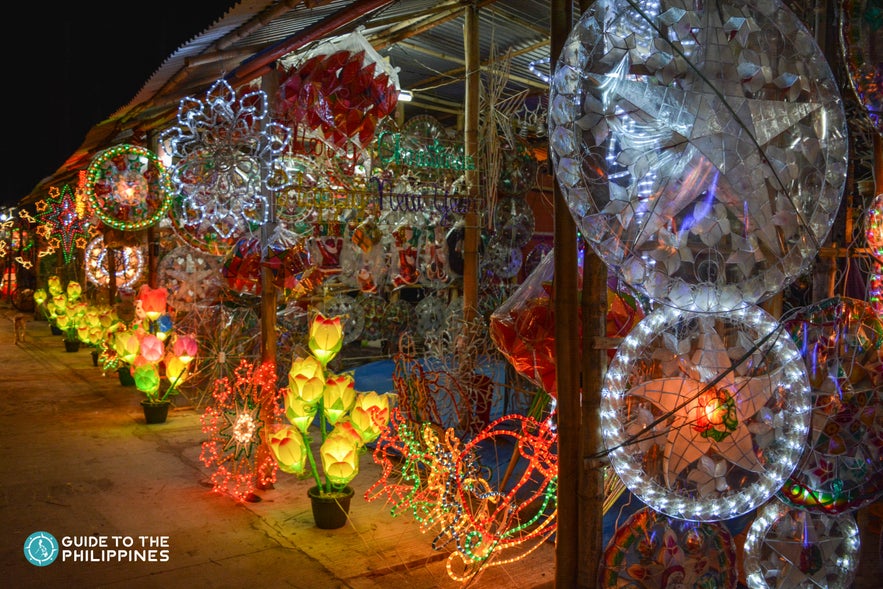
If you're ever in the Philippines during the Christmas Season, then you're going to be greeted with months of holiday atmosphere and party. The Philippines boasts to have the longest Christmas celebration in the world starting from September to the 3rd or 4th week of January, giving you plenty of time to visit during the Christmas season.
If you’re visiting the Philippines in September, you’ll be feeling the merry atmosphere in the caroling children on the streets. Professional carollers will also go door to door to serenade the whole neighborhood.
- Read our article on the best Christmas holiday destinations in the Philippines
Christmas decorations will start to appear on houses from the most elaborate to the simplest Christmas lights and ornamental parols. The merry atmosphere will only improve through the months leading to Christmas. Don’t be surprised if you’ll be constantly invited to for Christmas parties among friends.
On December 16 to 24, participate in the Simbang Gabi or midnight mass. It’s a long-standing tradition in the Philippines to aim at attending all 9 midnight masses leading up to Christmas.
It won’t be a problem if you don’t complete it though. You can grab some puto bumbong and bibingka, traditional Christmas delicacies, from vendors outside the church. On Christmas Eve, you’ll be treated to Noche Buena feasts with friends you’ve met in the Philippines.
4. Feast on a Boodle Fight
 Photo by SJ
Photo by SJ
Food lovers will immensely enjoy this activity. A boodle fight isn’t necessarily a fight but a huge feast that’s shared with family or friends without the formalities. You’ll forget the cutlery and eat the traditional Filipino way, kamayan, or eating with just your hands.
The feast of traditional Filipino dishes is laid out in one serving, all in a single huge banana leaf. The most popular Filipino dishes made up of ingredients that are local to the area will be set out on the banana leaf. This usually includes grilled seafood, meats, cuts of fruits, vegetables, and of course, loads of white rice.
You and your friends will take your place and surround the food on the table and help yourself. A boodle fight feast is highly popularly served in seaside establishments to be enjoyed by a group of people. If you don’t want to get your hands dirty, disposable plastic gloves are provided so you won’t miss out on the experience.
You won’t have to look far if you want to experience boodle fighting with your friends. Philippine island hopping tours in popular destinations like in Palawan and Siargao commonly include a boodle fight feast in their itinerary to give participants a full tropical island vacation experience.
3. Drink with Locals and Sing Karaoke
 Photo by El Chupacabra
Photo by El Chupacabra
One of the best ways to experience the true beauty and spirit of the Philippines is through the locals themselves. Filipinos are some of the most welcoming and friendliest people you’ll ever meet in the world that will always greet you with a smile on their face.
If you’re looking for a fun time, just ask around and it won’t be long until you’ll meet friendly locals on their way to a party or inuman (drinking session). Don’t be hesitant to say yes to their invitation because Filipinos always welcome new faces in their friend groups.
Grab a drink with the Filipino locals. Filipinos not only love to consume alcohol, but it's ingrained in the culture that sharing stories over bottles of alcohol and a plate of pulutan (beer snacks) will create a bond between friends.
Drinking alcohol and singing karaoke goes hand in hand in Filipino culture. Filipinos love to sing and view it as one of the best activities to do to have fun. And they usually don't care about anyone's singing capabilities as long as they have a good time.
KTVs are hugely popular in the Philippines where alcohol is available. Even bars have in-house karaoke machines if there are ever any patrons wanting to display their vocal prowess. So, you’ll know you’ll be having fun and be accepted by the locals when the alcohol and karaoke machine is brought out.
2. Ride a Jeepney, Tricycle, and Kalesa
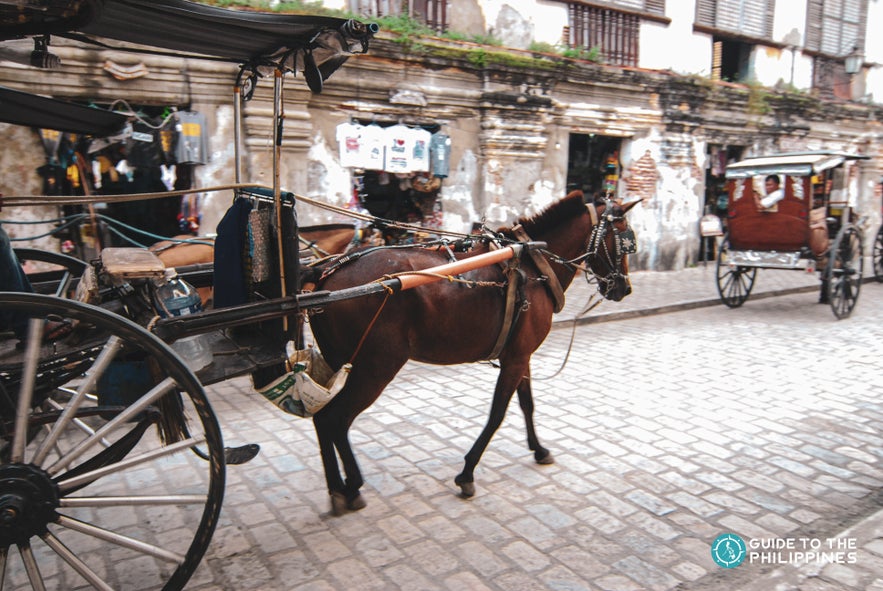
Seeing the gorgeous sights in the country is an easy task if you have your own vehicle to drive from destination to destination. But getting to ride the three most traditional forms of transportation to take you to your destination adds in on the complete experience of being in the Philippines.
In cities and provincial areas of the counties, the best form of transportation to take you to your destination is the jeepney and tricycle. Tricycles are simply powerful motorcycles attached to a sidecar for passengers. They’re much more common than taxis in the Philippines and they usually drive on set routes.
- Read our article on travel insurance in the Philippines
Jeepneys on the other hand are huge bus-like vehicles that were originally made from U.S. military jeeps. Nowadays jeepneys in the Philippines are the most popular form of transportation known for its colorful designs.
When you take the jeepney to get to your destination, you’ll get to experience first hand Filipino customs when passengers pass each other's fares to the driver.
Kalesa rides or carriage rides date back to the Spanish Colonial Era and have been largely replaced by more modern forms of transportation. Nowadays, you’ll most likely experience kalesa rides in popular and historic attractions like in Intramuros in Manila and Calle Crisologo in Vigan.
1. Join Philippine Festivals
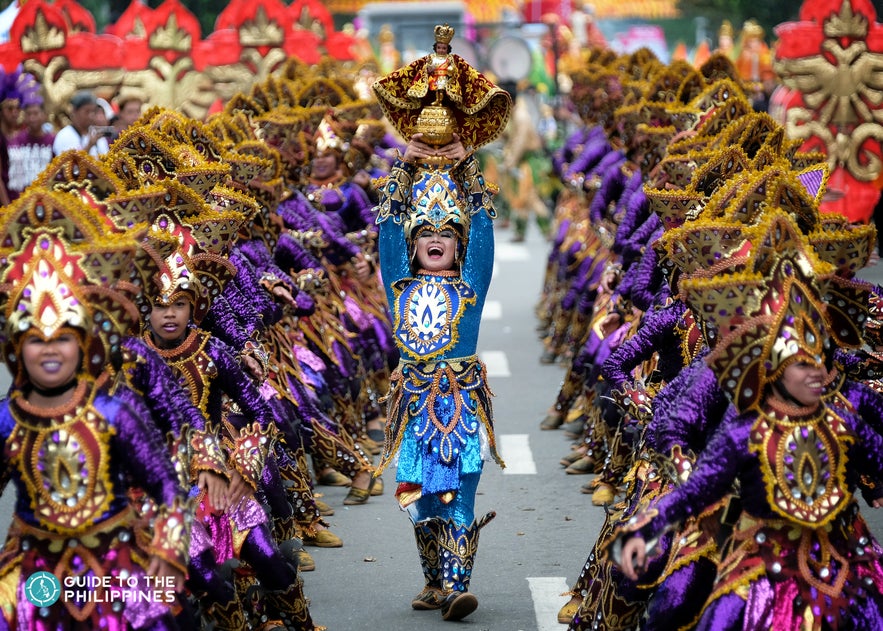
If you want an all-out experience to immerse yourself in Filipino culture, visit Philippine destinations during their festival season to witness an explosion of their colorful local culture.
Philippines festivals or fiestas are usually week-long (or month-long!) celebrations where the entire city is on the streets dancing or having feasts at their home. Don’t be surprised if you’re invited to come feast at some of the houses you pass during a fiesta.
Festivals in the Philippines are usually held in celebration of patron saints or showing off the area’s main local harvest. Here are some of the few examples of fiestas in the Philippines you must experience:
-
Sinulog Festival in Cebu - Done in celebration of Cebu’s patron saint, Santo Niño, in January, Sinulog Festival is a week-long celebration full of dancing, processions, and parades with colorful costumes.
-
Ati-Atihan Festival in Aklan - The festival starts in mid-January, this celebration in honor of Santo Niño will in the form of locals dancing and chanting in the streets while dressed up as negritos.
-
Dinagyang Festival in Iloilo - Hosted by the city every 4th Sunday of January, Dinagyang Festival is held in celebration of the feast of Santo Niño and a pact between Datus and locals through street dancing and feasts.
-
Masskara Festival in Bacolod - Celebrated every October, Masskara Festival showcases locals putting on elaborate costumes with masks as they parade through the streets.
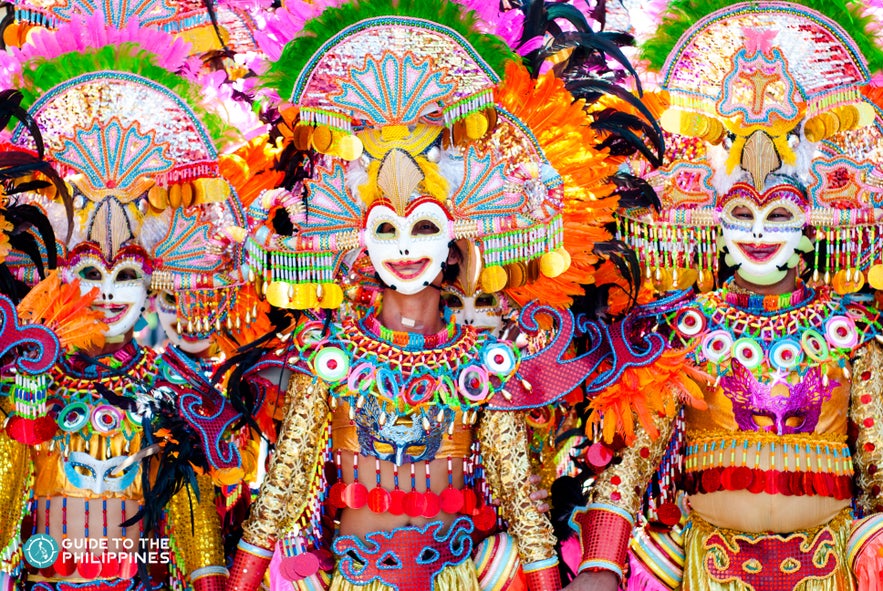
We hope this article gave you some great ideas on which activities you’ll want to experience beyond the sandy beaches and turquoise waters of the islands of the Philippines. The tropical beach vacations are exquisite experiences, but while you’re already in such a diverse country such as the Philippines with tons of different things and activities to offer, why not say yes to the adventure of culture tours?
From the savory, exotic, and delicious Filipino foods, to the colorful festivals, rich history, and friendly people, the Philippines is a land of discovery and adventure.
There are plenty of more things to do and experience in the Philippines that are not mentioned on this list. Amazing sights like huge caves, underground rivers, and historic architecture among others are still waiting for a visit in the future.
Start planning your itinerary for your visit to the Philippines and include fun cultural experiences and tours that would bring you closer to the local culture, history, and people of the Philippines.


